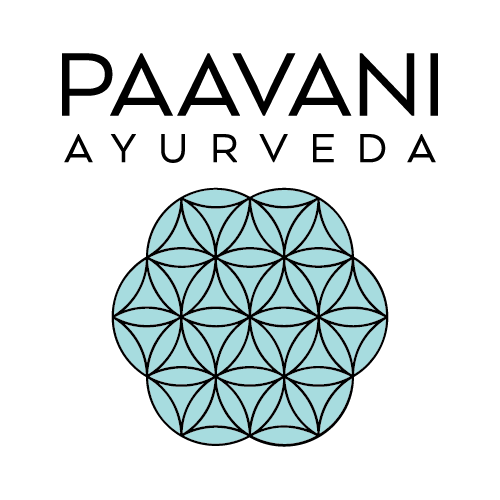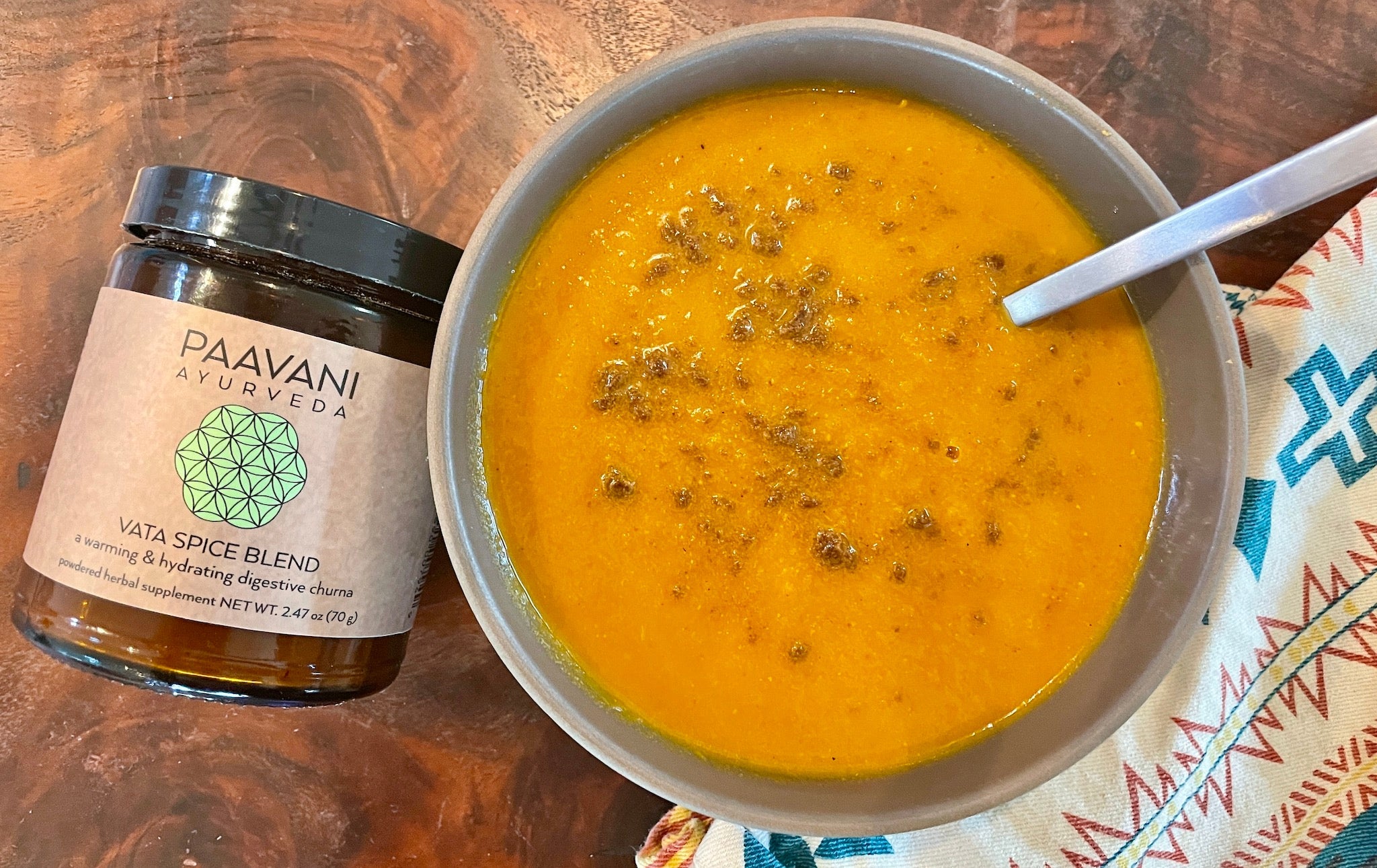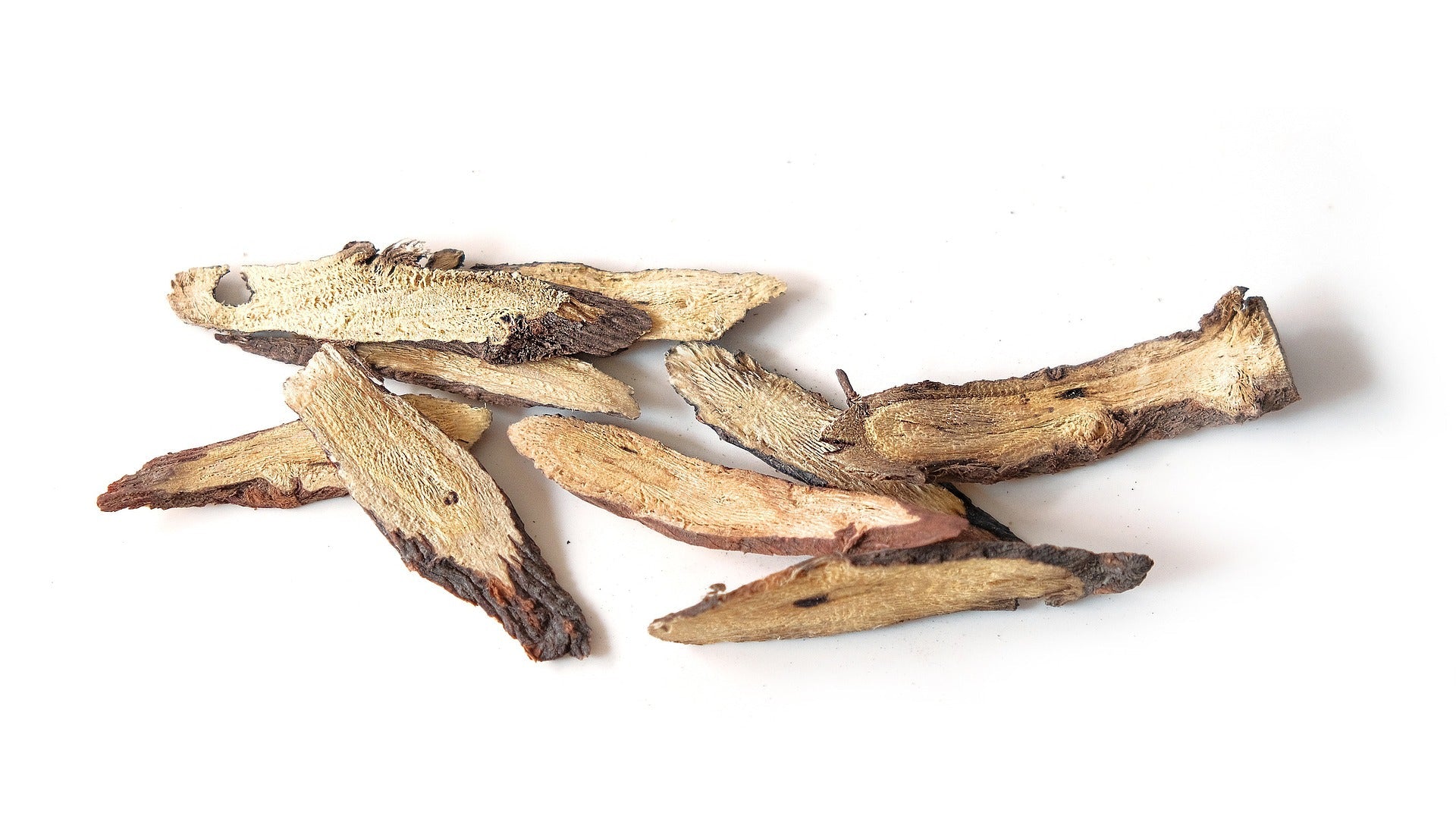
Vivacious Vata! Why It’s Incredible to be a Vata
If you are familiar with the archetypes of the doshas (Ayurvedic elemental energies) and the way that they present themselves in one’s tendencies, characteristics, physical features and mental-emotional patterns, you may naturally think of the doshas in their imbalanced state. This may be due to the fact that in Ayurvedic medicine when speaking of the doshas, we often tend to focus on the negative ways in which they show up, so that we may identify the symptom at hand and hence treat the imbalanced dosha. Yet, it is important to remember that the doshas are not all bad and in fact, they have many gifts to share with us when in balance. Below we would like to share with you the differences between an imbalanced and balanced vata state.
Imbalanced Vata Dosha
Composed of the air and ether elements, vata dosha sometimes gets a bad wrap. This is due to the fact that vata dosha’s light, cold, dry, mobile, flowing, rough and hard qualities can sometimes cause less than favorable conditions in the skin, body, digestion and mind. Here are some common vata imbalances:

After reading this list of vata symptoms, if you are thinking “well yeah, vata dosha doesn’t sound that great”, we get it! Yet, it is important to understand that these vata imbalances only occur when vata dosha is in excess in the body and/or mind. The good news is that through implementing vata pacifying Ayurvedic rituals into your daily routine, like going to bed and waking up at the same time each day, meditation, yoga, pranayama, abhyanga, ear oiling and eating a vata balancing diet, one can keep vata dosha in balance in both the physical and emotional bodies allowing the positive qualities of vata to shine.
Balanced Vata Dosha
Now, we get to the fun part where we highlight the aspects of vata dosha that enhance, inspire and make our lives more vibrant and joyful.
Personality
Since vata dosha is comprised of the air and ether elements, people that are predominant in vata dosha are considered a vata type in Ayurveda. Vata types embody the light, mobile and flowing properties of these elements. This means that the vata personality is bubbly, always up for an adventure and has an easy breezy attitude.
People predominant in vata can also be described as playful, dynamic, spontaneous and have a zest for life. These characteristics are infectious to those around them and always make any event or social gathering more colorful, entertaining and fun.

Emotionally
Vata types are considered sensitive, intuitive and empathetic thanks to the light and subtle energetics of the air and ether elements.
Thanks to their intuitive nature, vata types are able to feel and express their emotions with ease. This helps them to not hold a grudge and to let things go more easily than pitta or kapha dosha.
Physiologically
Since vata contains the air element, vata is the force of movement in our bodies. This means that physiologically, vata dosha is a key component in the circulatory, respiratory and nervous systems as well as essential for healthy digestion and elimination patterns and the flow of prana (life force energy) within the subtle body. Vata is also responsible for carrying the energetic power for healthy speech and expression.
Professionally
Vata dosha also inspires creativity and originality. Therefore, vata types are commonly artists like painters, sculptors, photographers, ceramists, musicians, writers, actors/actresses, playwrights, interior designers, stylists, fashion designers, graphic designers and even architects.
In the workplace, vata types can inspire new and innovative ideas. They think outside of the box and can dream up new standard operating procedures and ways for the staff to connect outside of the office in team-building excursions and activities.

We hope that this list of positive vata attributes helps you to appreciate this particular and necessary dosha. Remember, even if you are not predominant in vata dosha, you still possess some qualities of vata, since each of us contains our own individual composition of the 3 doshas manifested in different ways to make us all beautifully unique. Maybe you were able to relate to some of the characteristics of vata, showing you how this beautiful dosha influences you in your life. We encourage you to reflect on more ways in which vata dosha manifests within your own skin, body, digestion and mind. May this Ayurvedic perspective of the elements help to deepen your understanding of yourself and support you in cultivating more self-inquiry, self-compassion, self-love and nourishment within.
Ayurvedic Products to Balance Vata Dosha
Imbalanced vata photo by Pixabay: https://www.pexels.com/photo/photo-of-brown-bare-tree-on-brown-surface-during-daytime-60013/
Woman adventurer photo by Taryn Elliott: https://www.pexels.com/photo/photo-of-person-in-the-middle-on-the-road-3889851/
Man painting photo by mali maeder: https://www.pexels.com/photo/men-s-white-long-sleeved-shirt-1043331/





Leave a comment
This site is protected by hCaptcha and the hCaptcha Privacy Policy and Terms of Service apply.